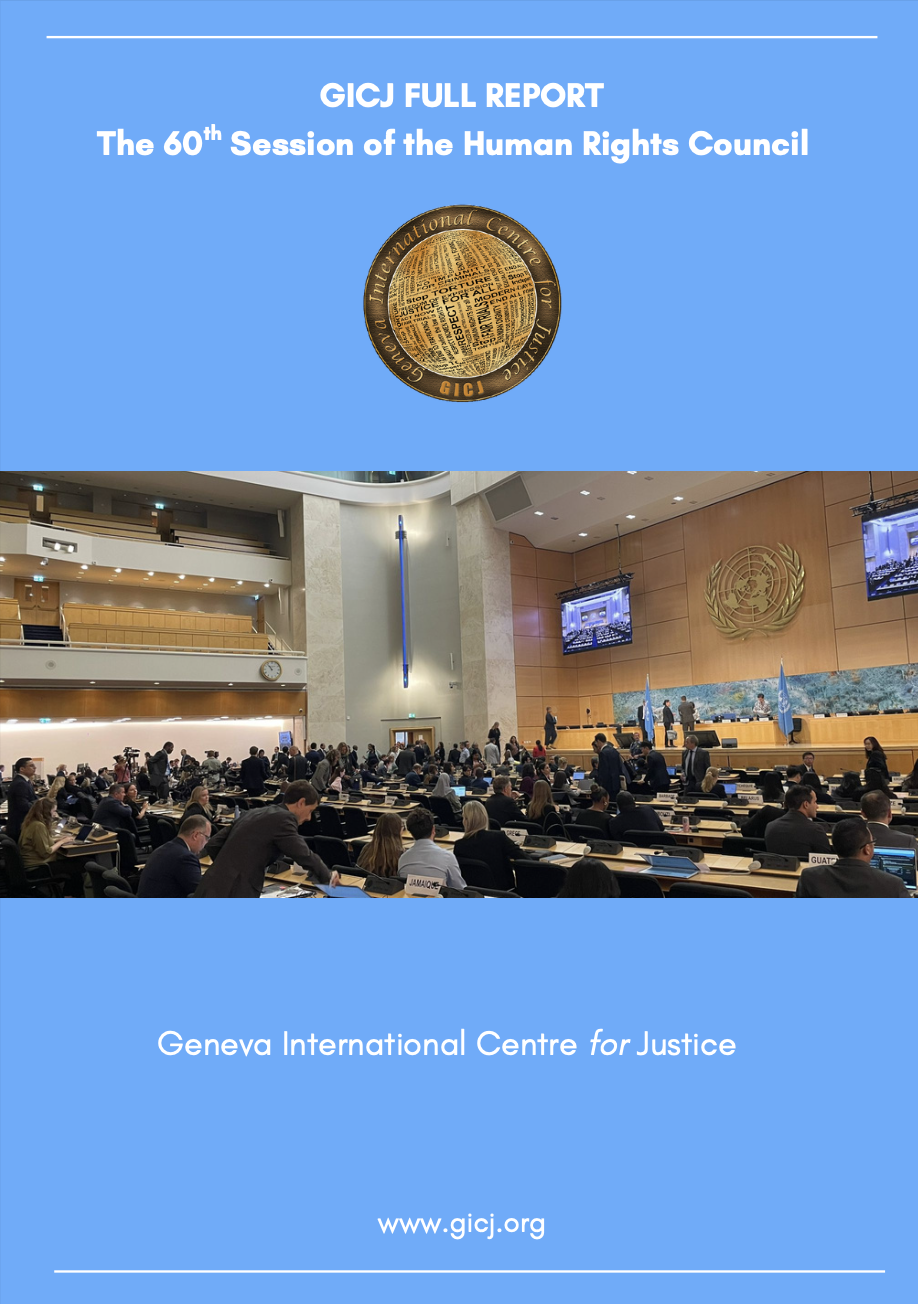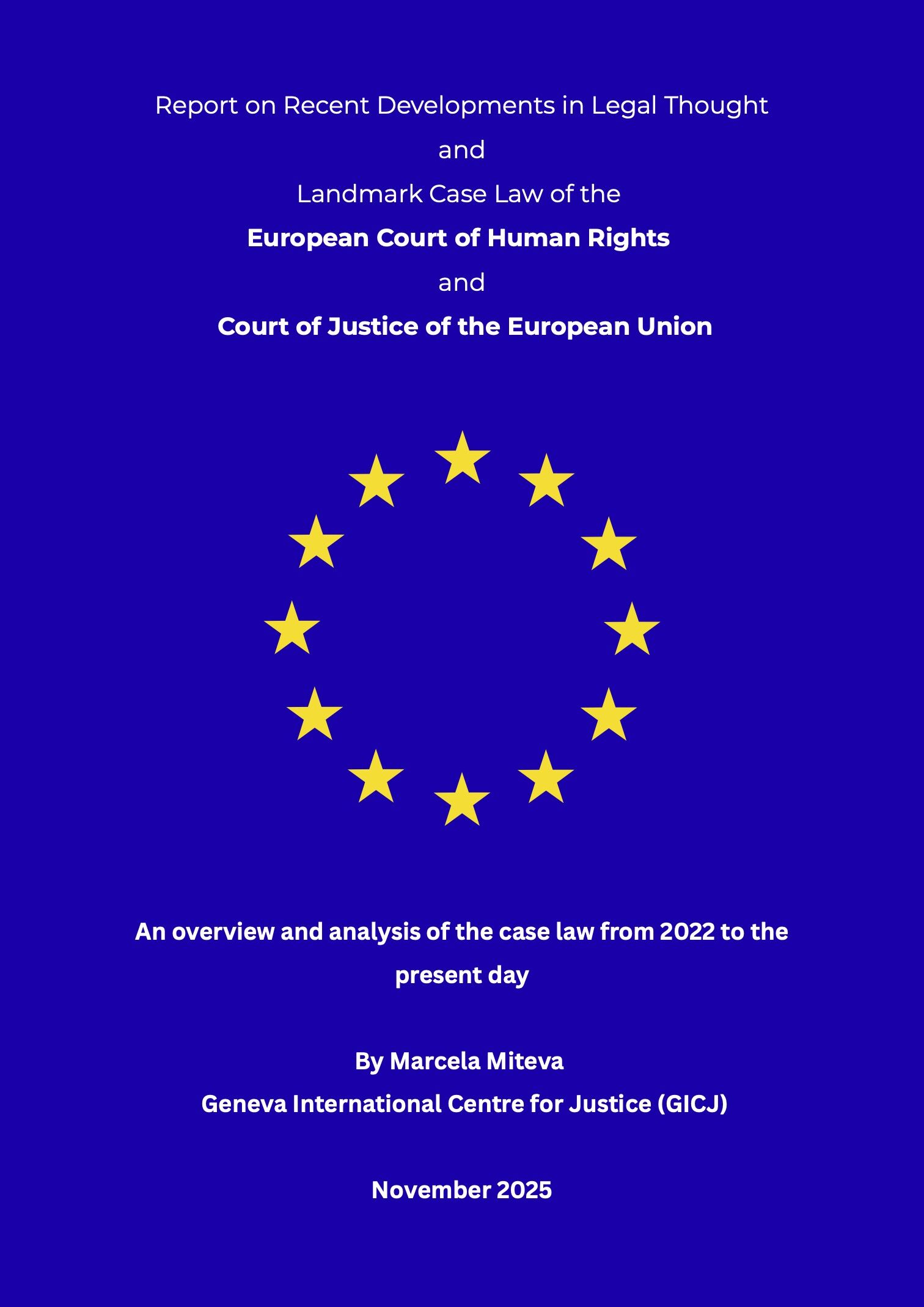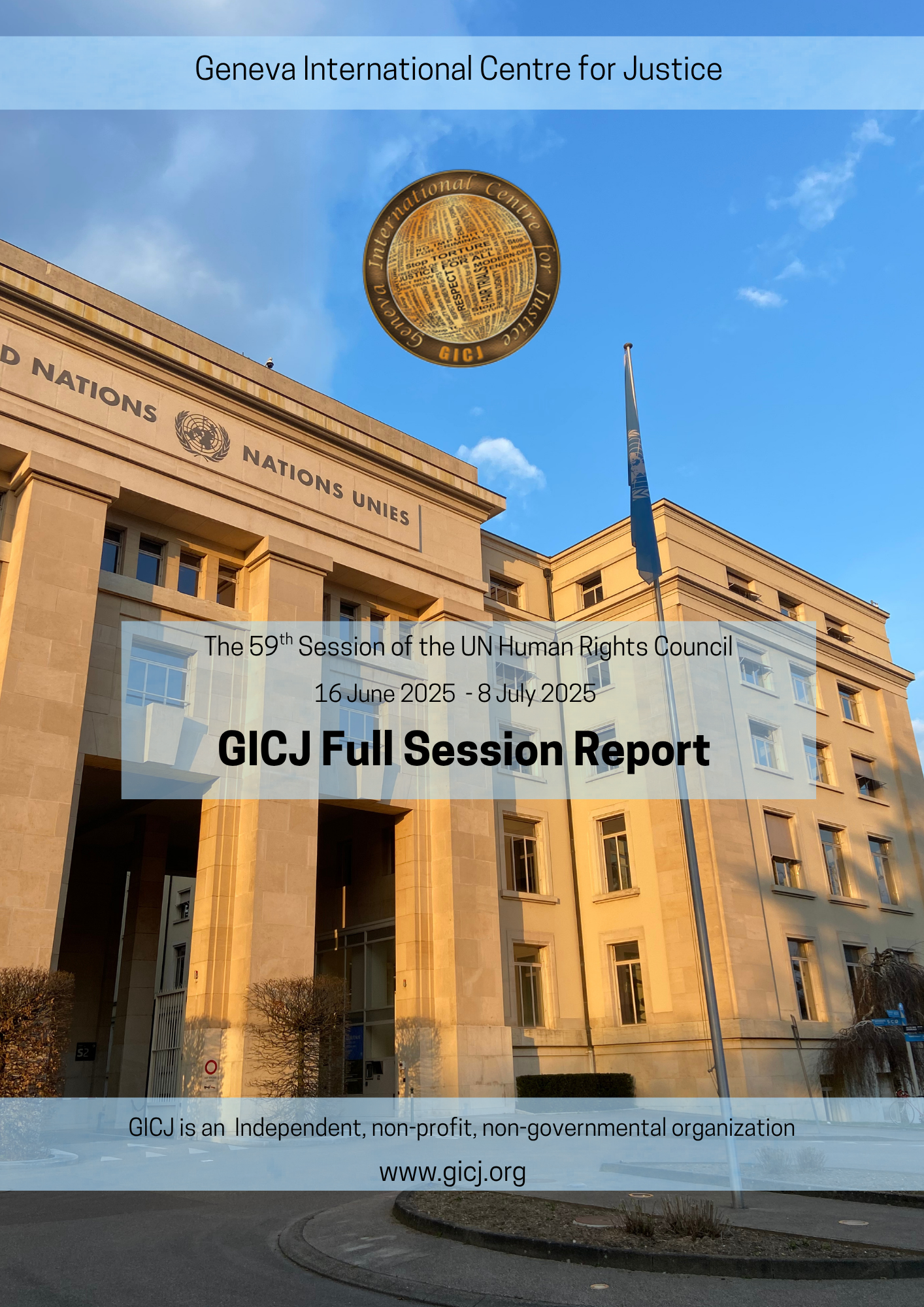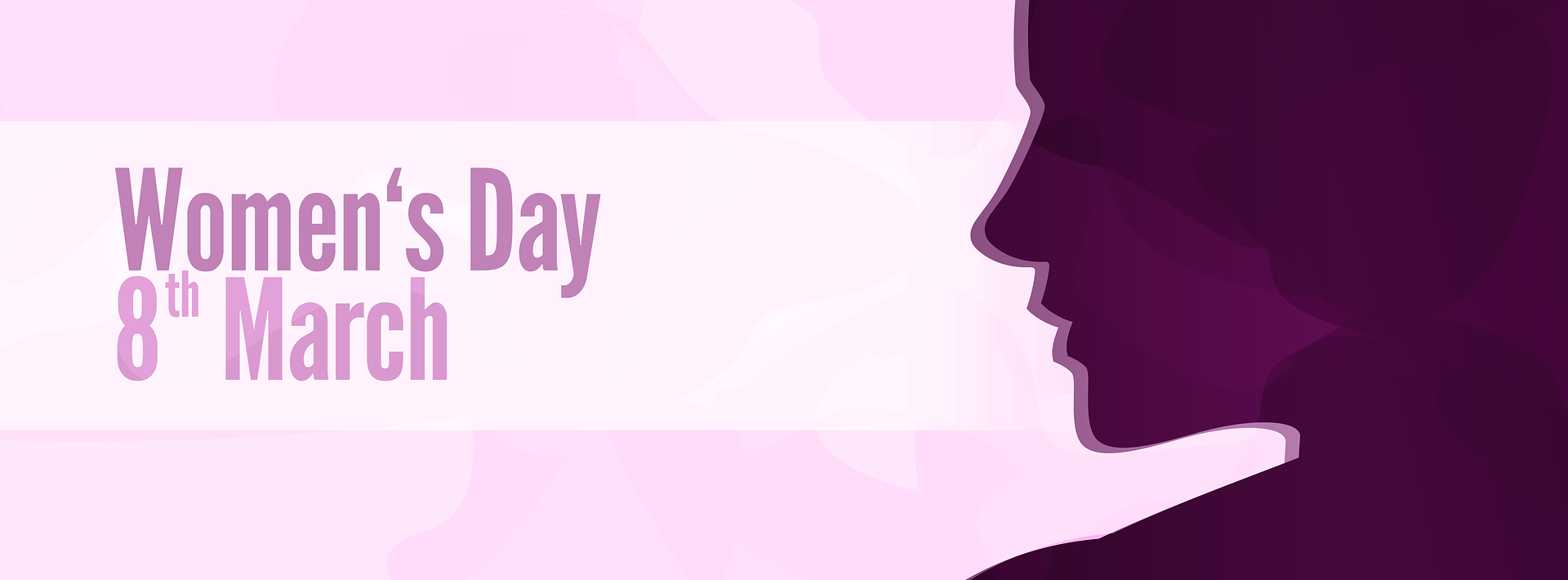
International Women’s Day has its roots in 1909, when Clara Zetkin, a german Marxist theorist and advocate for women’s rights, proposed the 8th of March to be an annual day to remember working women. Being first adopted by socialist, communist and feminist movements, the United Nations followed the call for equality in 1975 by recognising the 8th of March as the international women’s day.
Ever since the creation of the United Nations, the legal framework regarding protecting women’s rights has been growing. While the UN Charter calls for equality between men and women, the Convention on the Elimination of All Forms of Discrimination against Women (CEDAW) was adopted by the UN in 1979. In comparison to the UN Charter, CEDAW not only calls for equality but also proposes guidelines on how equality looks like. This notion has been further reiterated in the 1995 Beijing conference, a policy document that proposes strategic objectives and actions to empower women. The quest for gender equality can also be found in the UN’s sustainable development goals. The implementation of gender in international law is of grave importance to reach parity. Some countries, such as Sweden, have even started to implement feminism in their national foreign policy.
Facts and Figures about gender inequalities across the world
- 750 million women and girls were married before the age of 18
- 200 million women and girls in 30 countries have undergone female genital mutilation
• One in five women and girls, including 19 per cent of women and girls aged 15 to 49, have experienced physical and/or sexual violence by an intimate partner within the last 12 months - Female representation in national parliaments is at 23.7%
Humans across all cultures and countries have been supressed or prosecuted based on their gender for most of humankind, thus addressing the issue area is of high importance. Feminism as a social movement, is just over 100 years old, yet currently it is one of the most influential, discussed and important movements in our current era, only rivalled by movements for climate change or cultural uprisings that call for an end of corruption and democracy.
This article will briefly introduce the 3 waves of feminism. When looking at the future, it is mandatory to understand the past, history shows how much women achieved over the past century in their quest for equality, but also points towards issue areas that need to be more firmly addressed.
The first wave of feminism, dated to the end of the 19th / beginning of the 20th century, called for basic human rights, such as a right to property, to divorce, to political ovffice, to refuse sex with their husbands, and to safety and fair treatment in education and employment as well as a right to vote. While in many countries those rights are given by birth, women across the world, especially in the global south, are still denied of those basic rights.
The second wave of feminism took place during the 60s and 70s, a time in which many young people developed their interest in political activism. Activists focused on issues related to family, employment, reproductive rights, and violence, particular attention to addressing marital rape and safe access to birth control.
.
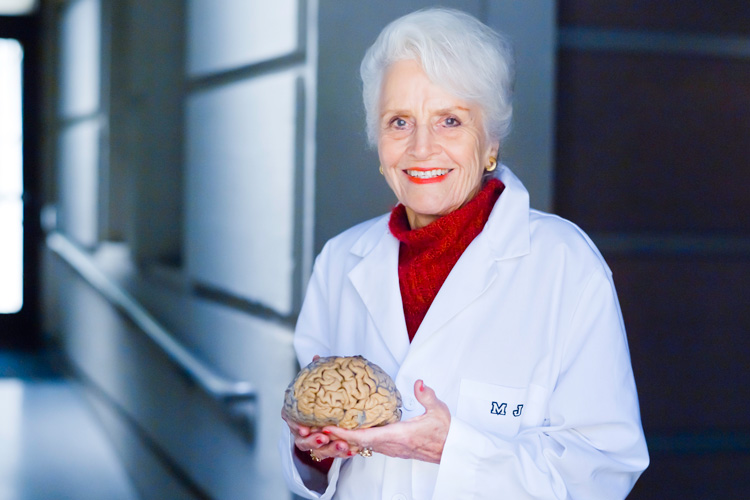
While the first two waves of feminism mainly focused on basic rights and needs of women to be met, the third wave can be seen as a maturity process, and feminism developed into a “full-grown” political theory that did not only tackle inequality of women, but all forms of inequalities (age, sex, race etc). The developments and progress made in the past century enable women today to achieve equality in all circumstances.
Sadly, those waves of feminism mainly happened in the western world, and even there not all countries show support for this movement. Especially in the global south and the developing world, women are still being mistreated and denied in their basic rights. Yet, developments in the past century have shown how important equality and inclusion of women is. To give a few examples, Nordic countries are “pioneers” when it comes to implementing feminism in their politics and are generally considered the happiest countries on earth not least because they create an atmosphere of equality. Another example would be Germany, after the second World War, it was the female workforce and inclusion that led to economic and cultural prosperity.
GICJ does not only want to mention the progress made within the past decades and elaborate on legislation but also celebrate women who worked hard to achieve greater levels of equality, thus this article wants to feature Marian Diamond (1926-2017) , one of the most achieved neuroscientists. Marian Diamond developed an interest in neuroscience, when research as well as female participation in academia was still in its early phases. The academic discipline was dominated by male researchers and at first, she had trouble finding acceptance in the science community. Many male scholars told her that academia is not a place for women and that she will not achieve anything. Yet, her contribution to neuroscience set a new paradigm to understand the human brain and behaviour. Her research proved that the development of the human brain is affected by its environment and not as believed prior to her breakthrough research, genetically given.
When she first published her findings to other researchers at a conference, her male colleges laughed at her and did not trust her findings because of her gender, but Diamond could back her findings with facts and set a new paradigm in neuroscience. Her research would not only introduce a new understanding to neuroscience but also had great implications for parity. She proved that “intelligence” is not based on genetics but rather on the environment, as a side effect to her research she also proved that women are equally able to produce knowledge. Marian Diamond is one of many women that deserve special mention on International Women’s Day, she is a not only a pioneer in her field of research but also an inspirational figure for many women out there that face discrimination and inequality.
While this article seems like a praise towards some western countries, it recognizes that we are still far from achieving a well-deserved equality. There are more challenges arising that need to be addressed appropriately.
Geneva International Centre for Justice recognizes the urgent need to create equality across the globe. Inclusion and Equality have no downsides but many upsides for the cultural, economic and political development of each nation. The more it saddens us to see how many countries do not seize this opportunity and continue to supress individuals on counts of their gender.
We urge all governments to work towards full equality because the way forward is built upon cooperation between all genders.








